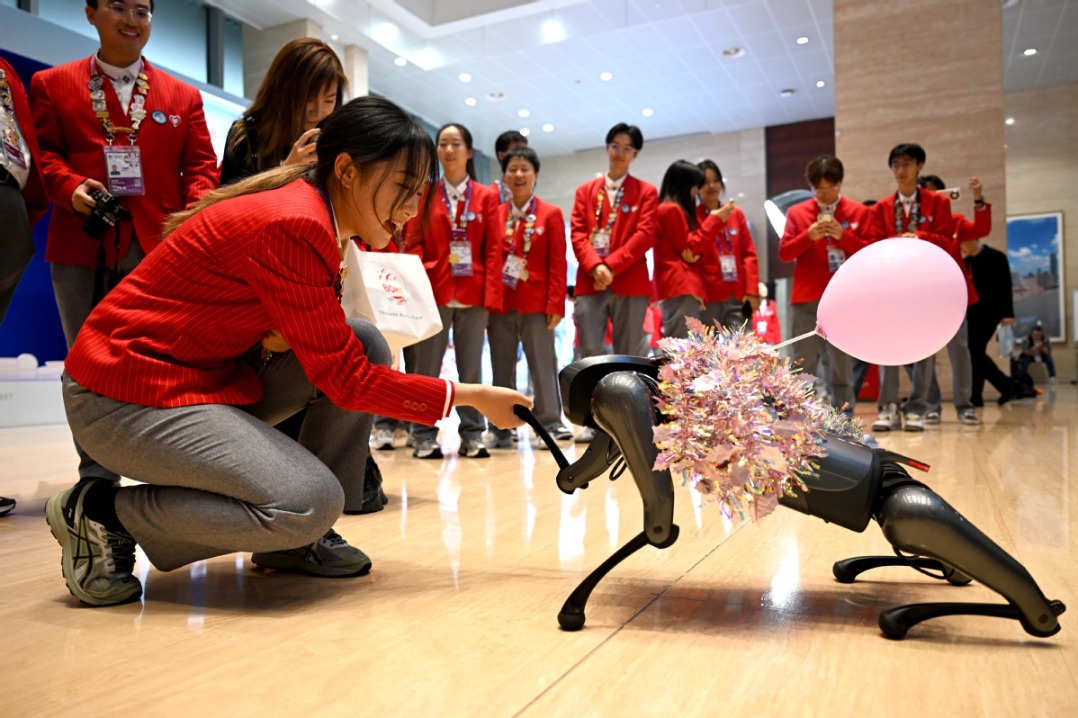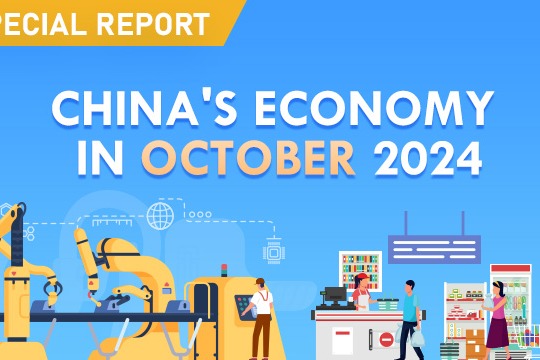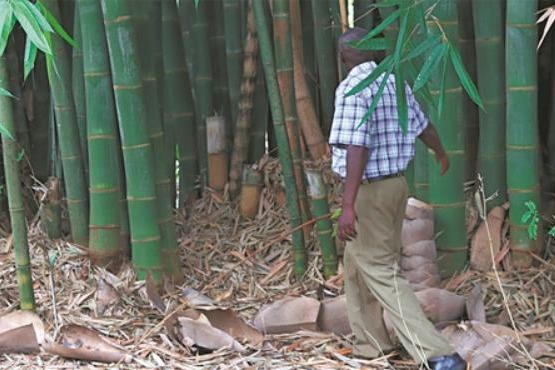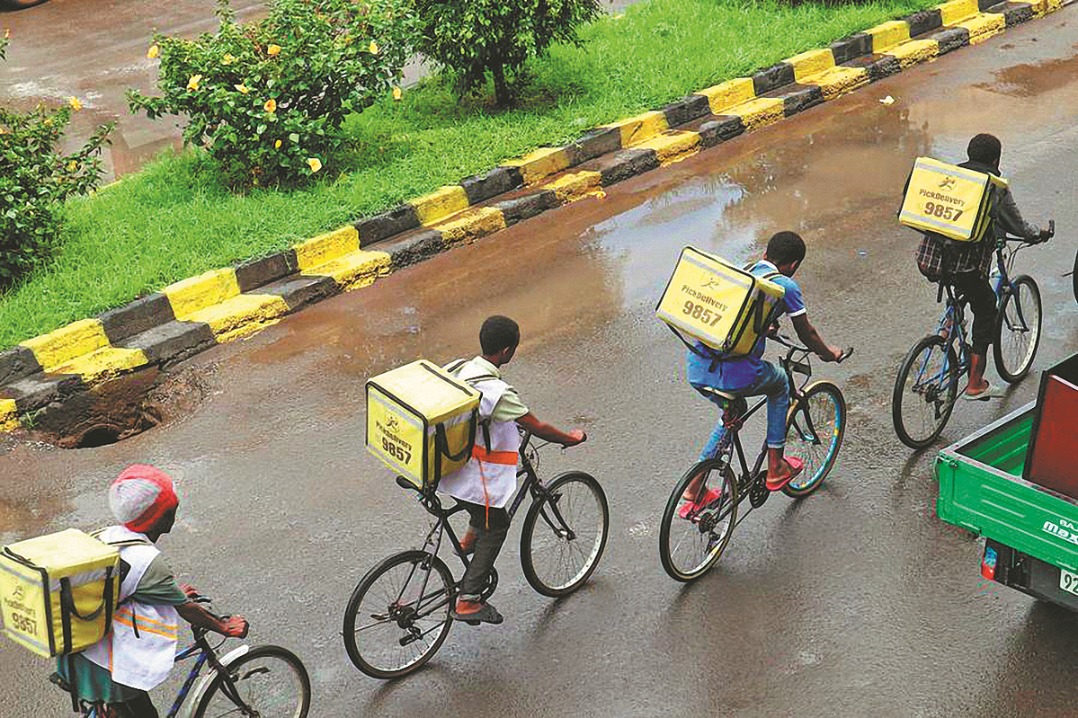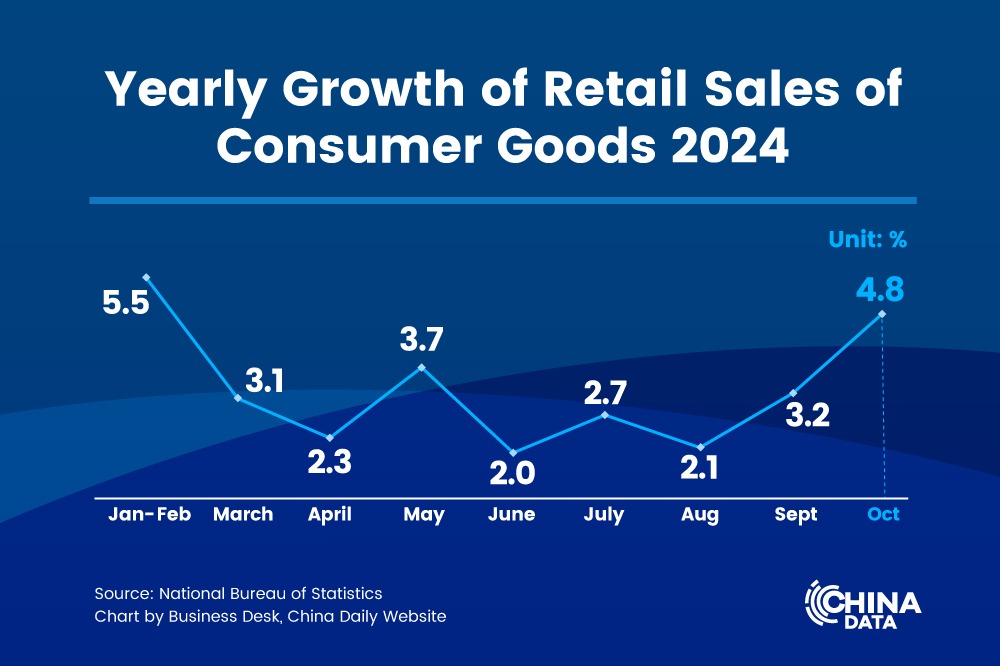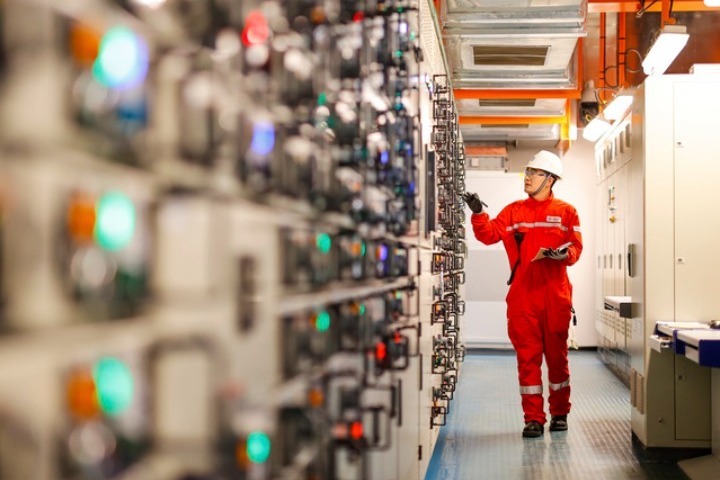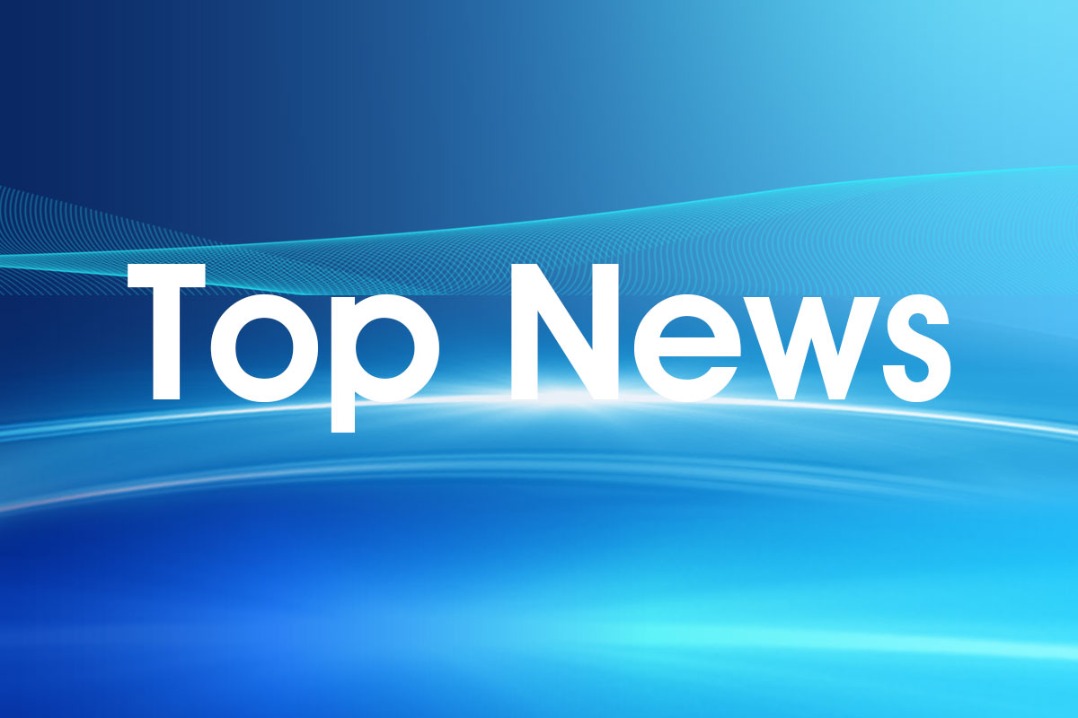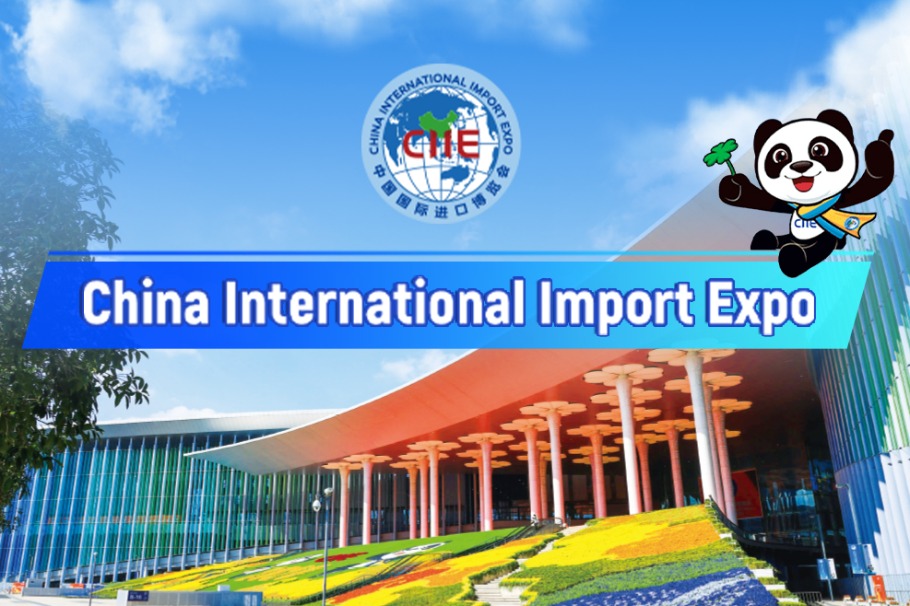NDRC stresses 2022 growth in decent band

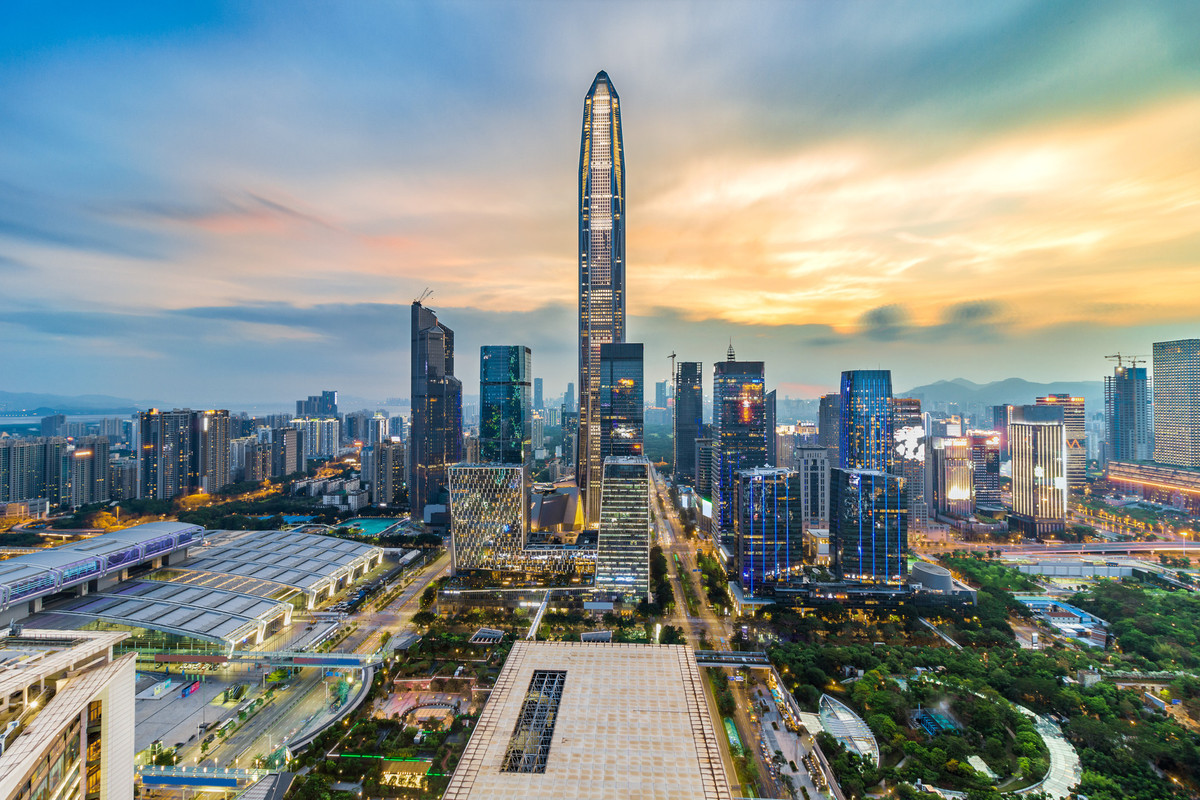
Regulator prescribes cross-cyclical, countercyclical policy adjustments
China has the confidence, conditions and capabilities to keep the economy running within a reasonable range next year despite headwinds, the country's top economic regulator said.
Ning Jizhe, deputy head of the National Development and Reform Commission, said China will combine cross-cyclical and countercyclical adjustments to stabilize the overall economy.
Cross-cyclical measures focus more on long-term and sustainable growth with long-term solutions to tackle root causes while a countercyclical policy focuses more on short term remedies such as adding stimulus when the economy slows.
Officials and experts have been saying of late that they expect the macroeconomic policy stance to ease in response to the downward pressure on growth in 2022. They said cross-cyclical and countercyclical policy adjustments are crucial to cope with multiple challenges and uncertainties heading into next year.
In an interview with Xinhua News Agency on Tuesday, Ning said combined cross-cyclical and countercyclical policy adjustments will help prevent wild economic volatility and keep economic growth within a reasonable range.
He highlighted the importance of combined policy measures for this year and the next, saying the country will make preparations for next year's economic work in advance and strive to "stabilize the economy in the first quarter, the first half and even the whole year (2022)".
Citing the local government special bonds issued in the fourth quarter, Ning said proceeds from their issuance are set to be used at the end of this year and early next year.
In this setting, their use and the issuance of special bonds next year will play a key role in spurring growth, Ning said.
"Policies in terms of perking up the industrial economy, tax and fee reduction and financial support for micro, small and medium-sized enterprises will take effect from the end of this year to next year, which is in line with the need for cross-cyclical policy adjustments," said Ning, who is also the head of the National Bureau of Statistics.
China will also combine fiscal and monetary policies with other policy measures in areas like employment, industry, investment, consumption, environmental protection and regional development, Ning said.
China, he said, should evaluate the likely impact of fiscal and monetary policies on economic development in advance and be prudent on mapping out policies with contractionary effects.
Luo Zhiheng, deputy research director and chief macroeconomic analyst at Yuekai Securities, warned of downward pressure on growth next year, saying the accelerated push for implementation of major projects will help stabilize growth and boost investment.
Citing the tasks mapped out by the annual Central Economic Work Conference earlier this month, Luo said he believes stabilizing investment will be a key focus of economic work next year.
Investment in manufacturing and infrastructure, Luo said, will be the key driving force to boost fixed-asset investment. Investment in manufacturing may rise 7.8 percent and that in infrastructure may increase 4 percent next year, he said.
To better expand effective investment, the government needs to accelerate the central budget investment plans, speed up the issuance and use of local government special bonds, guide enterprises to speed up technological transformation investment, ease pressure from rising commodity prices on enterprises and increase support for micro, small and medium-sized enterprises, Luo said.
Louis Kuijs, head of Asia economics at Oxford Economics, a think tank headquartered in London, said he expects China to ease its macroeconomic policy in response to the downward pressure on growth.
"We see monetary accommodation, with ample liquidity in the interbank market and credit growth in line with the 10 percent rise we project for end-2021, implying an increase in leverage and an improved credit impulse,"Kuijs said.
"We also expect... some relaxation of fiscal policy after the tightening in 2021, with an increase in the overall deficit."
He further said policymakers remain keen to containing financial risks and leverage, so as to have a bottom line for 2022 GDP growth of around 5 percent.





















